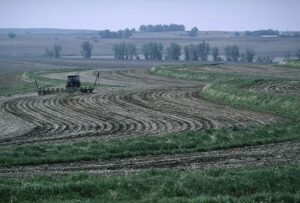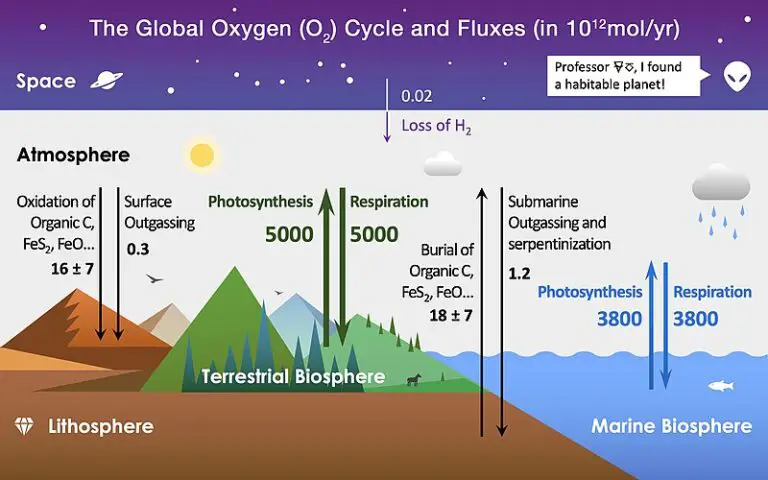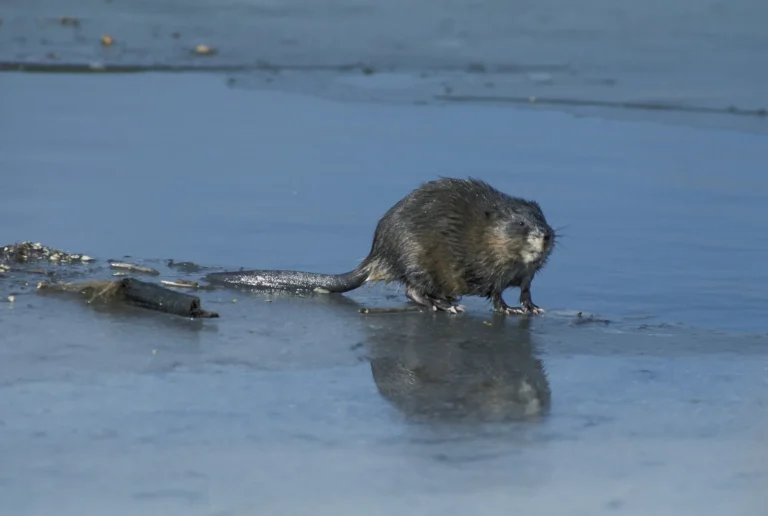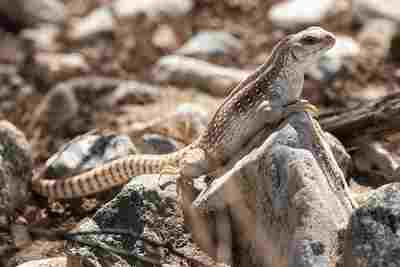5 Regenerative Agriculture Examples
Regenerative agriculture examples are; conservation tillage with organic mulching, integrated crop-livestock farming with rotational grazing, conservation tillage with sustainable irrigation, crop rotation with composting, and cover cropping with contour cultivation.
This article discusses regenerative agriculture examples, as follows;
1). Conservation Tillage with Organic Mulching (as one of the Regenerative Agriculture Examples)
Conservation tillage with organic mulching is not a very uncommon scenario in regenerative agriculture.
It involves minimizing the rate and intensity of soil mechanical disturbance, while crop residue is being used as a protective covering for soil.
Generally, the arrangement results in higher moisture retention capacity, with increased physicochemical and biochemical stability of soil.
Both conservation tillage and organic mulching tend to increase soil carbon sequestration rates; by supplying more organic matter to the soil, and mitigating rapid, open biodegradation which is also a source of greenhouse gases that contribute to climate change.
Studies have shown that the benefits of conservation tillage with organic mulching include; weed suppression, increase soil moisture content, water conservation, and overall soil conservation [5].

2). Integrated Crop-Livestock Farming with Rotational Grazing
Integrated crop-livestock farming is simply an agricultural system that seeks to fully synergize the growth cycles and resources of crops and livestock, in a bid to increase sustainability [4].
It is in itself a typical practice of regenerative agriculture, as it mimics the ecological equilibrium and self-regulation of natural ecosystems.
Rotational grazing on the other hand, is the practice of regulating grazing activities of agricultural livestock by shifting them sequentially from one section or paddock of pastoral land, to another [2].
When rotational grazing is practiced within the context of integrated crop-livestock farming, it results in a scenario whereby overgrazing is eradicated while crop yield is improved by the use of animal waste as organic fertilizer.
The practice can also improve crop and livestock health through biologic control of pests and diseases, and it can be combined with other techniques like crop rotation and cover cropping, depending on the desired outcomes.
3). Conservation tillage and Sustainable Irrigation on Desertification-Prone Land (as one of the Regenerative Agriculture Examples)
Conservation tillage and sustainable irrigation are both applicable techniques to combat desertification on agricultural land.
The role of conservation tillage to this effect can be traced to its ability to increase water conservation in soil, and reduce evaporation rates.
On the other hand, sustainable irrigation is an obviously preferable alternative to unsustainable irrigation activities, which rather hasten environmental degradation and facilitate desertification [1].
The combination of conservation tillage with sustainable irrigation is regenerative because it creates a similar effect to that of natural rainfall patterns in uncultivated soils of forests and grasslands, among other natural ecosystems.
In desertification-prone areas, this combination is particularly effective for mitigating the environmental impacts of unfavorable climate, and facilitating soil restoration.
It also enhances carbon sequestration, which is a means whereby atmospheric greenhouse gases and global warming rates can both be reduced.
4). Crop Rotation with Composting and Biological Control
Crop rotation, which is simply the alternation of crop species in an orderly sequence on agricultural land, is itself an effective technique for biological control [3].
This is because crop rotation reduces the capacity of pests and diseases to adapt and establish themselves on a farm.
In addition, crop rotation increases ecologic resilience and biodiversity on farms through the presence of multiple crop species.
When combined with composting, crop rotation-induced biological control can significantly increase agricultural yield and long-term sustainability.
5). Cover Cropping and Contour Cultivation on Undulating Pastoral Land (as one of the Regenerative Agriculture Examples)
Contour cultivation is the sustainable agricultural practice of cultivating crops along lines of equal contour or elevation, and is very effective for mitigating environmental problems like erosion.
When combined with cover cropping, contour cultivation can increase crop productivity significantly, while achieving both soil and water conservation.
It is particularly recommendable for undulating pastoral lands that are also used for crop cultivation on a consistent or intermittent basis.
Under such conditions, the environment is optimized by decreasing the risk of overgrazing, enhancing slope stability, and reducing erosion, among others.

Conclusion
Regenerative agriculture examples are;
1. Conservation Tillage with Organic Mulching
2. Integrated Crop-Livestock Farming with Rotational Grazing
3. Conservation tillage and Sustainable Irrigation on Desertification-Prone Land
4. Crop Rotation with Composting and Biological Control
5. Cover Cropping and Contour Cultivation on Undulating Pastoral Land
References
1). Bai, L.; Kong, X.; Li, H.; Wang, C.; Ma, S. (2022). “Effects of Conservation Tillage on Soil Properties and Maize Yield in Karst Regions, Southwest China.” Agriculture, MDPI, vol. 12(9), pages 1-10. Available at: https://ideas.repec.org/a/gam/jagris/v12y2022i9p1449-d913283.html. (Accessed 14 December 2022).
2). Barnes, M.; Howell, J. (2013). “Multiple-Paddock Grazing Distributes Utilization Across Heterogeneous Mountain Landscapes.” Rangelands 35(5):52-61. Available at: https://doi.org/10.2111/RANGELANDS-D-13-00019.1. (Accessed 14 December 2022).
3). Mohler, C. L.; Johnson, S. E. (2009). “Management of Insect Pests with Crop Rotation and Field Layout.” SARE Outreach. Available at: https://www.sare.org/publications/crop-rotation-on-organic-farms/physical-and-biological-processes-in-crop-production/management-of-insect-pests-with-crop-rotation-and-field-layout/. (Accessed 14 December 2022).
4). Similli, F. F.; Mendonça, G. G.; Gameiro, A. H.; Augusto, J. G.; Oliveira, J. G.; Menegatto, L. S.; Santos, D. F. L. (2021). “The Economic Value of Sustainability of the Integrated Crop-Livestock System in Tropical Regions.” Available at: https://doi.org/10.21203/rs.3.rs-614370/v1. (Accessed 14 December 2022).
5). Yadav, G. S.; Das, A.; Lal, R.; Babu, S.; Meena, R. S.; Patil, S. B.; Saha, P.; Datta, M. (2018). “Conservation tillage and mulching effects on the adaptive capacity of direct-seeded upland rice (Oryza sativa L.) to alleviate weed and moisture stresses in the North Eastern Himalayan Region of India.” Archives of Agronomy and Soil Science 64(9). Available at: https://doi.org/10.1080/03650340.2018.1423555. (Accessed 13 December 2022).





